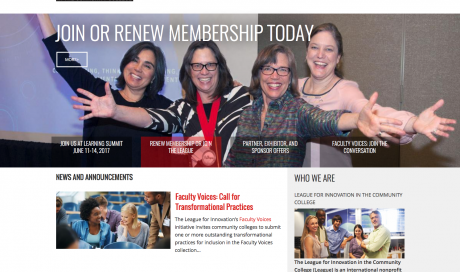- 1097 Views
- 0 Comment
- advice . Association . communication . Content . members . professional . Writing .
Despite the title of this article, this isn’t about translation software. We tend to think of communication as something fairly straight forward, but if something isn’t written in a way that appeals to you, even if the subject matter does, it’s possible that the message may not be received.
In a follow-up from last week’s article, Your blog stinks!, I want to talk about the importance of understanding the language, or “lingo” your various members may be most receptive to.
To start, I think that the types of “languages” can be broken down into two types: professional and casual. Each type of writing has its place, and some associations may benefit from utilizing one form over another. However, since most associations are aimed at a “professional” audience, I think that they may be too ready to rely on the wrong one.
When we think of professional writing, what we really mean is professional sounding. This is usually characterized as removing personal statements, such as “I” statements, avoiding colloquialisms, and having an overall more serious tone. If you want a laugh, it’s thought, then go watch a stand up comedian, we have important business to attend to! And in some instances, this is the right approach, like say for legal based associations. After all, lawyers and Judges are used to using litigious language, it’s their bread and butter! But, could your association benefit from loosening up in your publications prose?
It’s been a long standing belief that “professionalism” carries a certain “look”. For many of us, the picture of a businessman dressed in a suit and tie hasn’t left our mind’s eye. However, the tides on what constitutes professional attire have started to shift, and not for the reasons you might think.
When you see an employee come to work dressed in jeans and a T-shirt, your first thought might be that that person is a slacker. (And let’s not be coy, the “slacker” image is usually attributed to the newfangled millennials flooding into the workforce.) To them, however, this form of dress is more of a pragmatic shift, then a rebellious one. Think about it, does your tie really make you smarter? Are you any more clever when you wear a pair of pressed slacks then when you’re in a pair of comfortable jeans? Probably not, but, when you are dressed in more amiable attire, you spend less time thinking about how tight your collar feels around your throat, and have more brain-space dedicated to completing your current task.
The same applies to the content you produce. Does using more cumbersome language make your content easier to read? Is impersonal content more digestible? If you can’t answer yes to the “is form following function” question, then chances are you might want to rethink your contents verbiage, or else you may find your words speaking to deaf ears.
*Exciting news! Our exclusive video, Three Web Strategies to Increase Active Member Engagement, is online. Click here to watch this video, and learn a valuable technique to transform you association’s website into an experience your members can’t resist!
Comments
OUR RECENT
WORKS
-
American ScientistOnlineLearning
-
The League for…OnlineCommunity
-
California Association of…OnlineLearning
-
Building Owners and…OnlineCommunity
-
Indiana Bankers AssociationMobileFriendly
-
American Society of…OnlineCommunity
-
Tire Industry AssociationMobileFriendly
-
American Academy of…OnlineCommunity
-
National Association of…Commerce
-
American Society of…CMSIntegrationtoAMS
-
National Association of…DesktopApps
-
Long Beach Water…DesktopApps
-
Castaic Lake Water…OnlineLearning
-
Water Smart San…OnlineLearning
-
San Diego County…MemberSuite
-
Change Management InstituteMemberSuite
-
American Society of…CMSIntegrationtoAMS
-
American Association of…OnlineCommunity
-
Building Owners and…CMSIntegrationtoAMS
-
Council of Chief…CMSIntegrationtoAMS


























